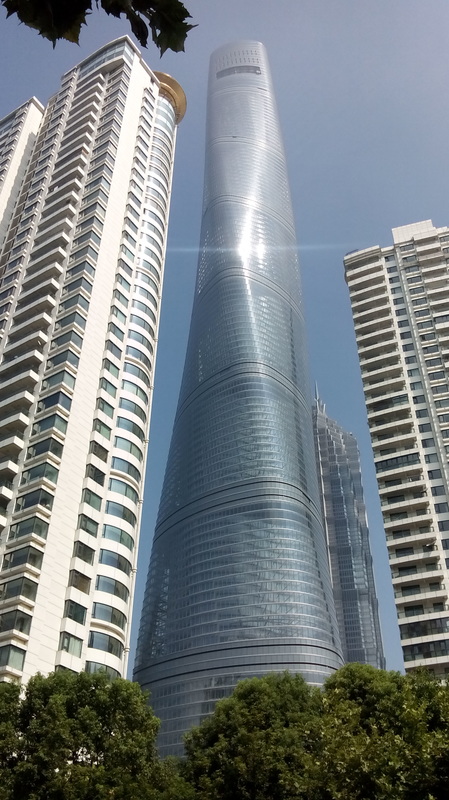 The 120-story Shanghai Tower, flanked by apartment buildings.
The 120-story Shanghai Tower, flanked by apartment buildings. I'm afraid that when many people in the West today think of China they conjure negative images from the past that might feature gray, dystopian industrial cities and faceless workers toiling in sweat shops. This simplistic sort of view misses out not only on the reality of the life of most people here, but it also loses sight of the incredible social and economic transformation taking place in China. Shanghai, a wealthy and sophisticated city of 24 million people, may not be typical of much of China, but its varied complexity serves as a microcosm that contains a lot of what modern China is all about.
As is usual in my postings, I write here primarily about the physical characteristics of this city and how it measures up, really, to other cities around the world. It's one way to get a fix on modern China.
I enter the fray here with caution. Because of its enormity, Shanghai is not a place succinctly described. It's a city of towering skyscrapers, broad, tree-lined avenues, and colossal infrastructure projects, with many areas clearly a part of the wealthy, developed world. It's also a city still containing dense and often rather untidy older neighborhoods that might be more typical of the China of the past, and of less wealthy cities of central and western China. A unique aspect of Shanghai, and really its incredible treasure, is its extensive areas of European architecture dating from Shanghai’s period as an international trade and finance hub in the first half of the last century. Walking through the streets of the the former French Concession can lead one to nostalgia for cities in France or Germany. Nowhere else in East Asia has anything like it.
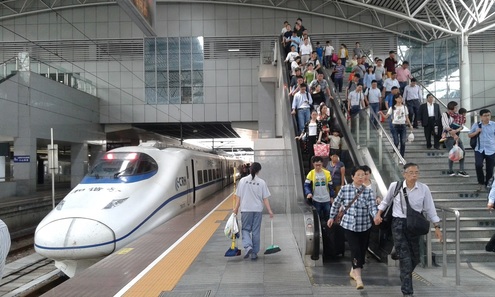 Passengers descending to high-speed train platform. Transport in Shanghai is first class.
Passengers descending to high-speed train platform. Transport in Shanghai is first class. 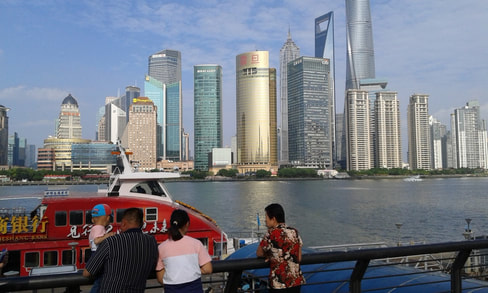 A view across the Huangpo River to one of Shanghai's biggest business centers in Pudong.
A view across the Huangpo River to one of Shanghai's biggest business centers in Pudong. Taking off my rose-tinted glasses for a moment, there are certainly challenges here. Pollution levels are too high (although generally much better than in Beijing), housing is very costly, there’s still a roughness around the edges in many parts of the city, and government control over the internet and media is highly frustrating. The air pollution requires checking pollution levels before deciding to go out and get some exercise (today it's not too bad). The high cost of housing diminishes living standards for many people. The great China firewall makes accessing any Google product, Facebook, and some western media (including the New York Times) impossible without a VPN, and even with one, shaky and slow. The positives of life in Shanghai, however, well outweigh the negatives, and I try to stay focused on those.
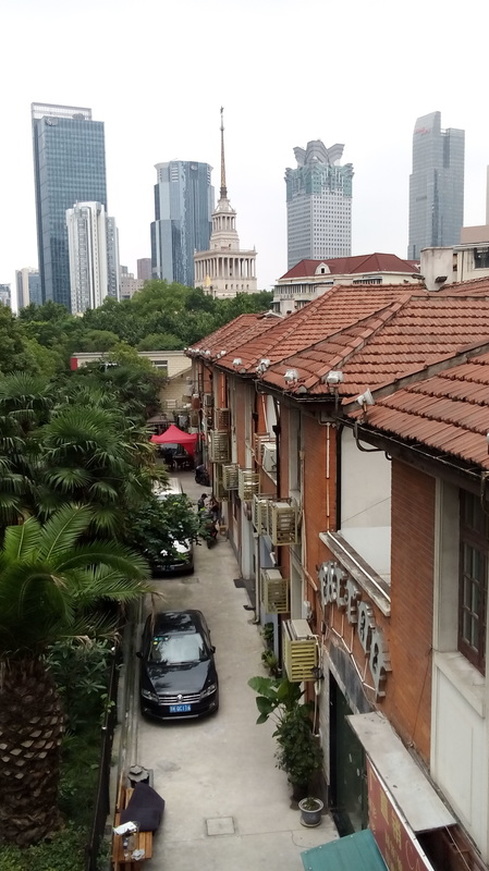 Old lane houses right in the heart of the city.
Old lane houses right in the heart of the city. Every evening I take a bike ride to explore new areas of the center, and rarely come away without a new discovery, be it an interesting old building that seems like it's been transplanted from Europe, or a masterfully landscaped park tucked in between tall buildings. I should add here that Shanghai, although very densely populated, has many parks, and the city lavishes a lot of attention on them. They are beautifully maintained and use the highest quality materials. It can be an inspiration to any urban designer.
The charm and elegance of this area, centered on the former French Concession, has received so much attention that I will limit myself to sharing just a few pictures below, not of famous buildings, but just typical run of the mill buildings so common to the streets here.
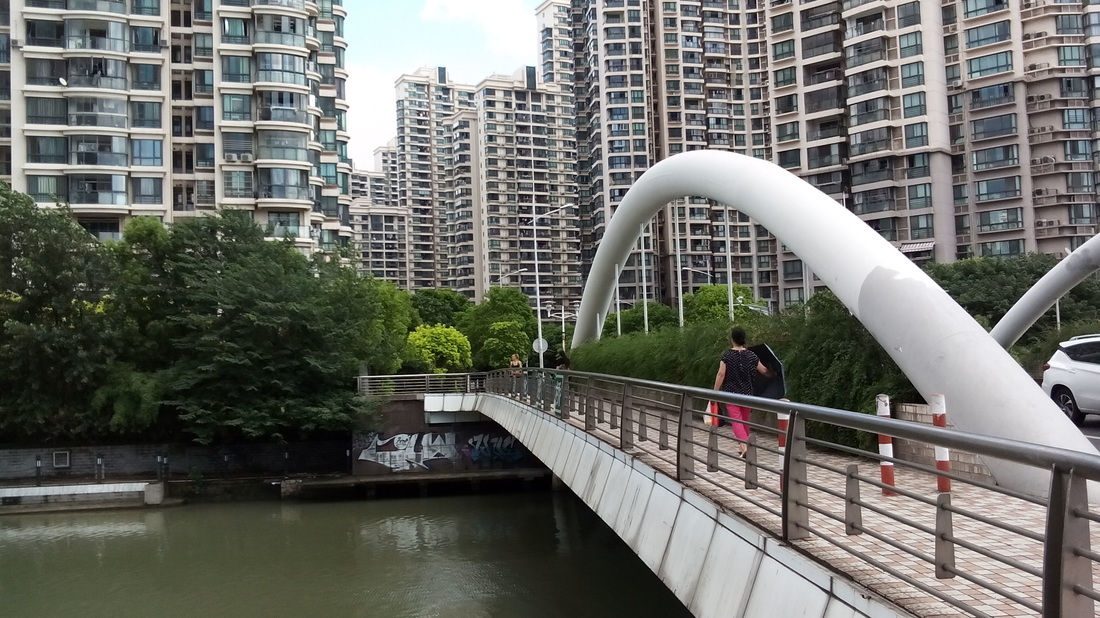 Well-manicured neighborhood of highrises in north-central Shanghai
Well-manicured neighborhood of highrises in north-central Shanghai This 'new' China is a very different world from both the historical center of Shanghai and the poor and disheveled neighborhoods of the past. Modern urban China, although often rather gray and characterless, is highly organized and generally tidy. The vast scale of development communicates both an urgency to get as many people as possible decently housed and physically connected as well as a phenomenal capacity for construction. Vast banks of tall residential buildings, sprawling centers of offices and governmental and cultural buildings, go on as far as the eye can see.
The very vastness and density of the city, which necessitates massively broad road systems, deprives much of the new city of human scale. This leaves many residential developments as islands unto themselves, with their own stores and restaurants. But whatever they may lack in charm, it is certainly hard to be unimpressed by the obvious rapidity of development and what that must mean to the average Chinese person. China is creating a new, much more livable and comfortable world for a huge portion of its population. In some ways, I think the metaphor of ‘taming the wilderness” is apt. China before the era of reforms and high economic growth was a vast territory of rather bleak poverty and maybe even hopelessness. This ‘wilderness’ is well on the way to being tamed, as first-world infrastructure, including modern housing, is taking over the landscape.
Some more typical residential areas are pictured below.
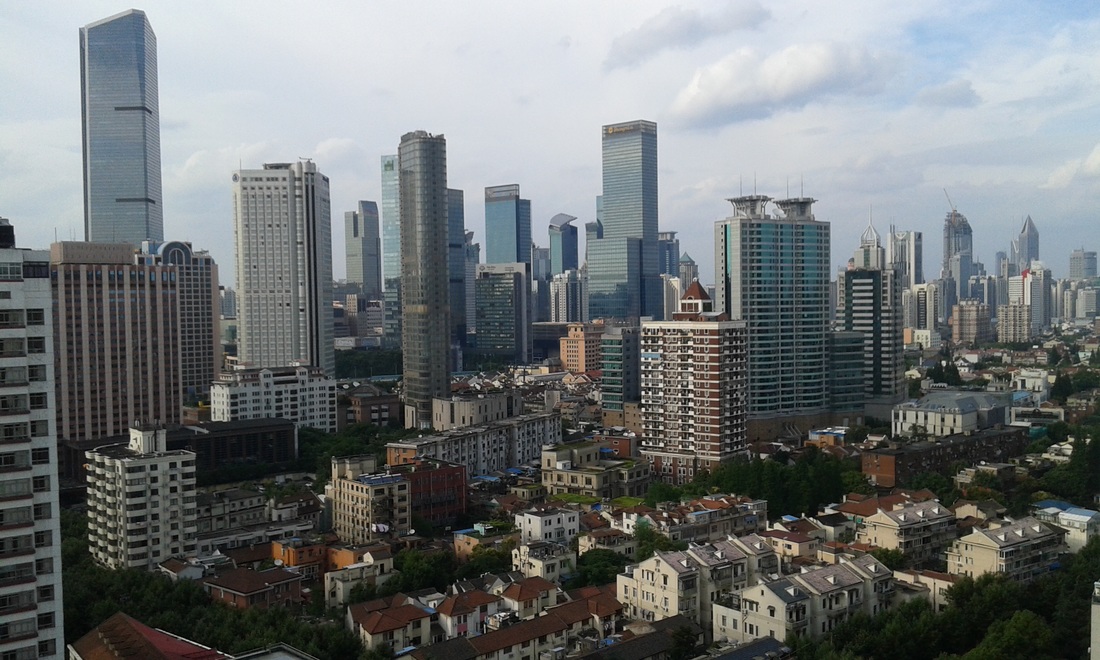 A view from the apartment of a friend in central Shanghai.
A view from the apartment of a friend in central Shanghai. A cornerstone of quality of life in any city is mobility. If people can't move smoothly and quickly from one part of a city to another, the daily commute becomes a wearying struggle and often the poor can't even reach jobs in business or wealthier areas. This is something I see often in the United States and Latin American countries, such as Mexico. I know of people in Mexico who require two hours each way via a combination of multiple buses to reach their jobs...this adds up to an expensive 4 hour daily commute. In America, the poor generally have to rely on totally substandard public transportation or on older cars that are prone to breakdown and repairs they can't afford. Research has shown that this is one of the key drivers of urban poverty. The toll poor transit options takes on people and families is heavy.
Shanghai is a case study of a city that has prioritized and excelled at world-class public transportation. It continues to expand the longest metro system in the world, and has shiny clean stations. For those off the metro grid, there are very decent and inexpensive buses that link to the metro. It's easy to get most anywhere in Shanghai by public transportation, although to use the buses it's very helpful to be able to read at least some Chinese characters.
For those relying on private cars or taxis, Shanghai's wide roads help minimize the worst sorts of traffic jams. As unappealing as these big streets are in terms of the pedestrian experience, they act like highways in the middle of cities and keep traffic moving..
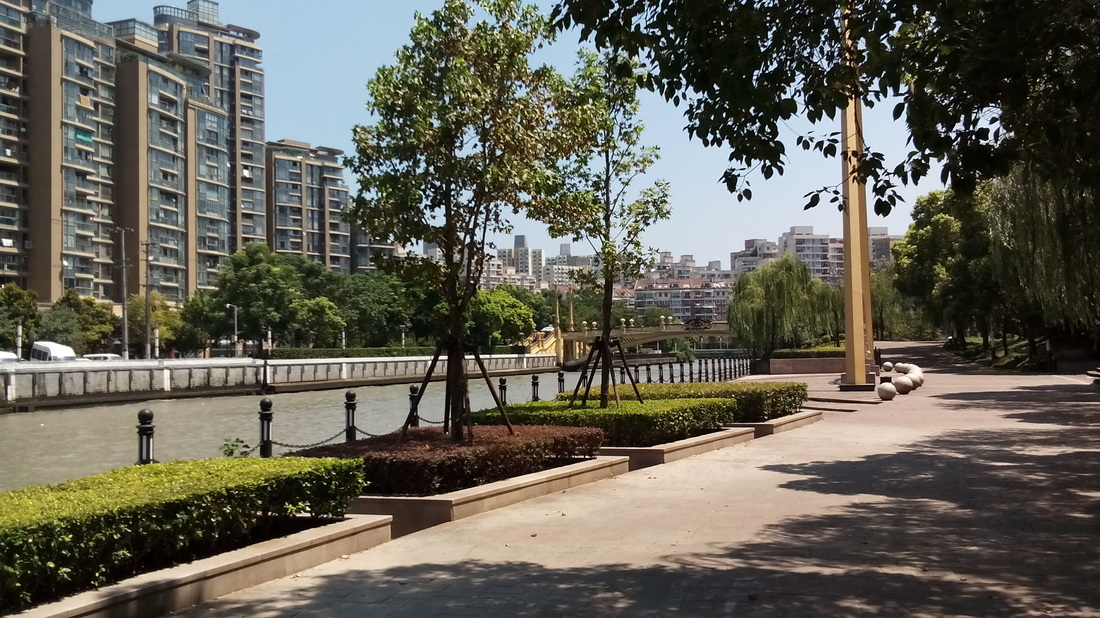 Pedestrian and bike path along Suzhou Creek in central Shanghai.
Pedestrian and bike path along Suzhou Creek in central Shanghai. As in every place I live, I tend to get around Shanghai by bicycle whenever the weather (and air quality) allows for this. Like most Chinese cities, Shanghai is well suited to bicyclists. Most major roads have specialized, very wide bicycle lanes, and even smaller streets are so heavily frequented by bicycles that drivers are accustomed to giving them space. That's not to say that bicycling, or driving for that matter, is for the faint of heart. To the uninitiated, Shanghai's streets are rather chaotic and little heed is paid to pedestrian crossing signals. Motorists seem to be willing to run down pedestrians, drive on the wrong side of the road without warning, or to just stop in the middle of the road to take time to think. Bicyclists follow similar rules and routinely run red lights and dart between cars (who rarely slow down for them) in a really crazy race to get somewhere fast. I'm honestly surprised at the very few accidents I see here.
A pleasant thing about biking (and walking) in Shanghai is that you are almost always covered by a lovely canopy of trees. In the hot summer this makes city life so much more pleasant. The Chinese are tree crazy and I have to commend them on the huge number of trees they are caring for and constantly planting. Despite the incredible population density here, Shanghai is in many ways a green city.
Below are some pictures of bicycle lanes
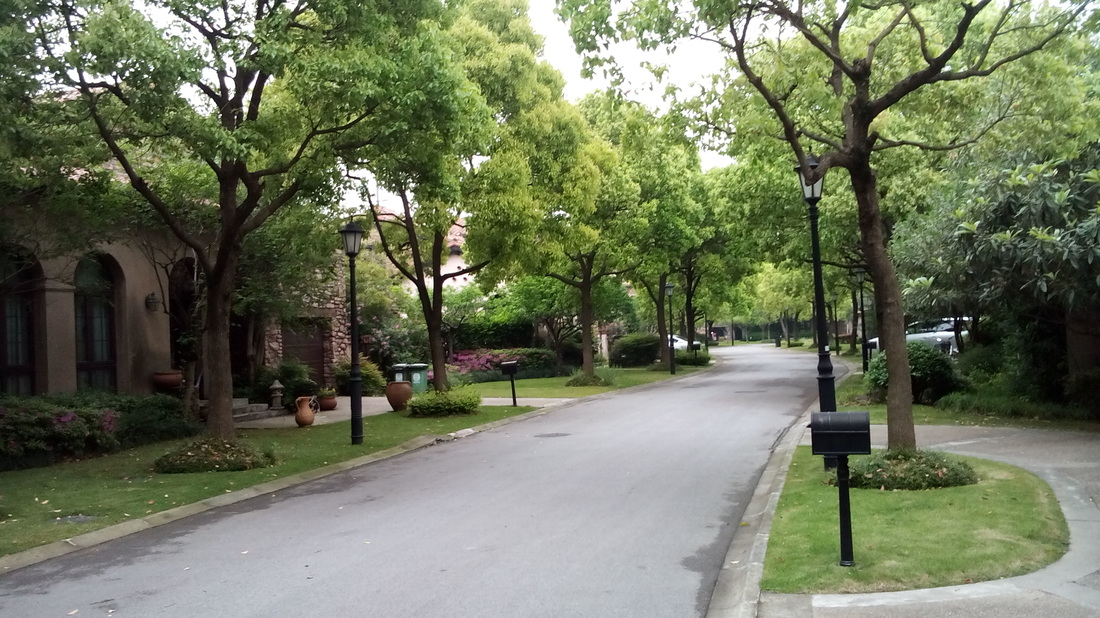 In front of my business partner's home in suburban Shanghai.
In front of my business partner's home in suburban Shanghai. 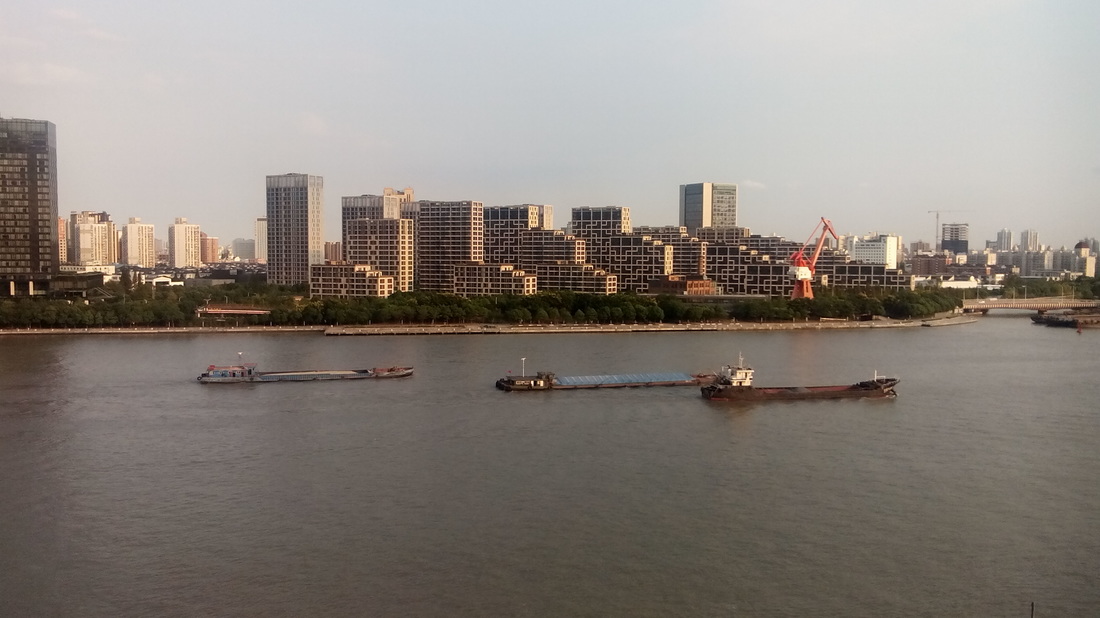 Barges along the Huangpo River
Barges along the Huangpo River This barrier is a shame because it masks so many magical things just waiting for discovery. This includes the countless tasty dishes on menus of restaurants, the signs advertising services like acupuncture (what a difference that has made to me), and of course all the animated conversations taking place in this very talkative country. But being hidden also brings a sense of adventure in trying to understand and get below the surface. This makes for an exciting urban experience if you are open to it.
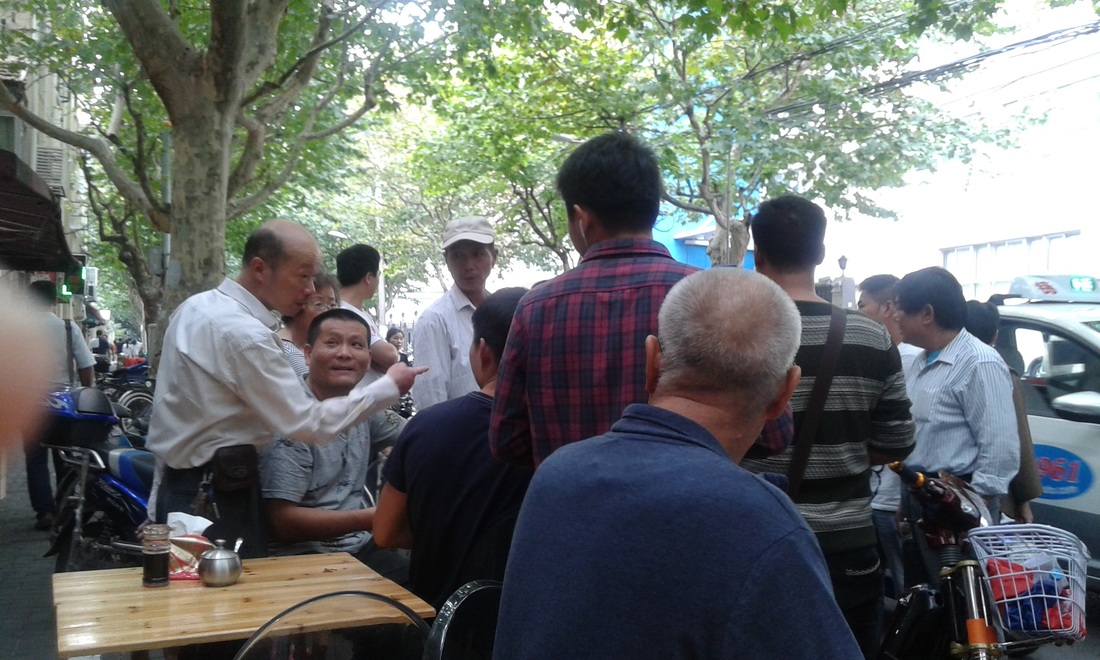 Street scene as motorcyclists argue with police.
Street scene as motorcyclists argue with police. During the ten years I lived in Tokyo (from 1989 to 1999), I often romanticized about living in the Japan of the 1960s and 70s when it was climbing up in the world and had boundless optimism and energy. I tend to think of China today in these terms. I think I'm getting the chance that I always wanted, to be part of a world during its golden age, when anything seems possible.
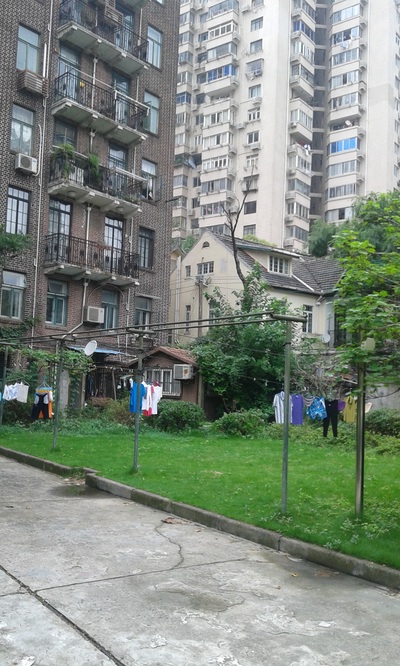
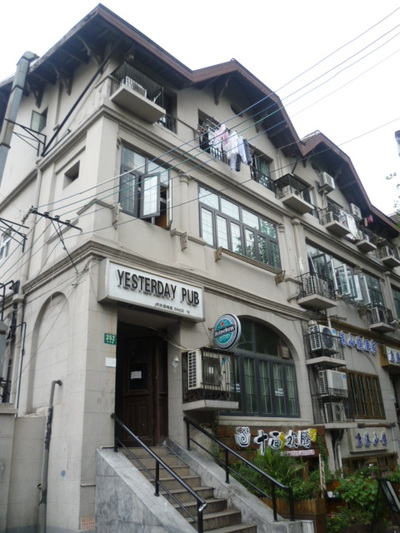
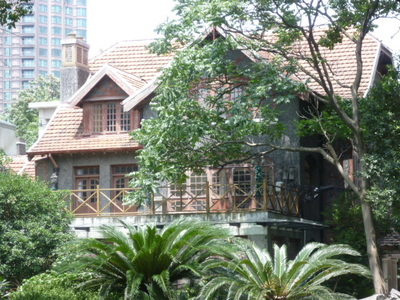
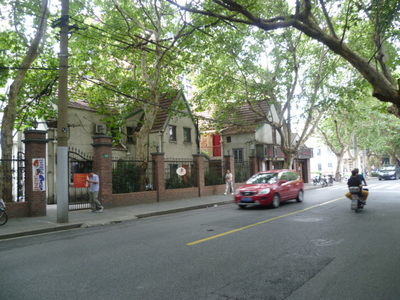
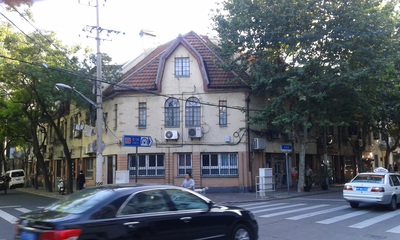
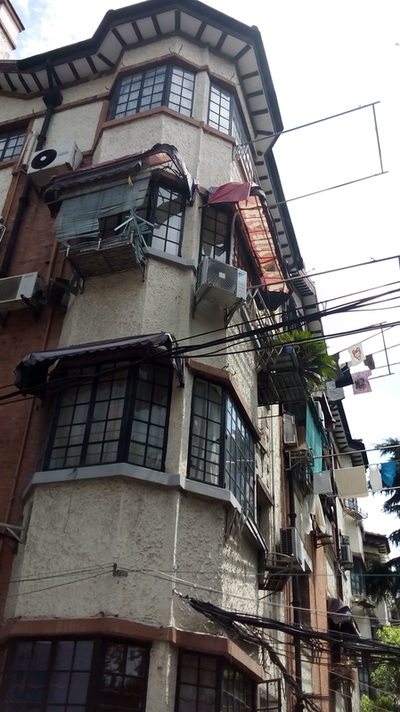
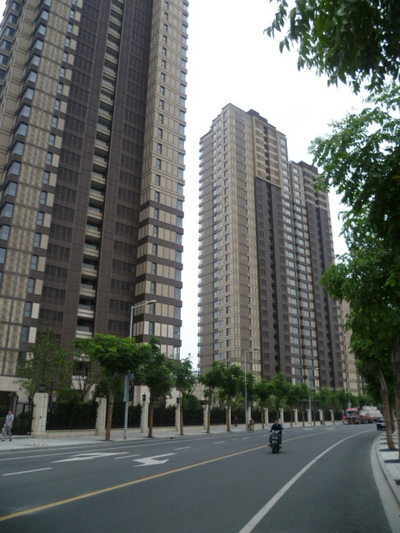
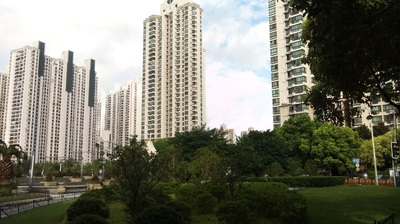
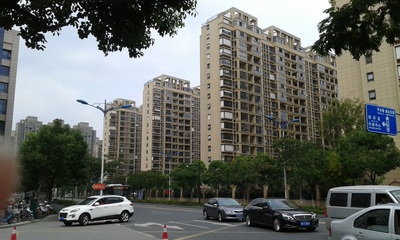
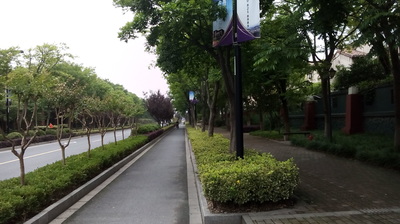
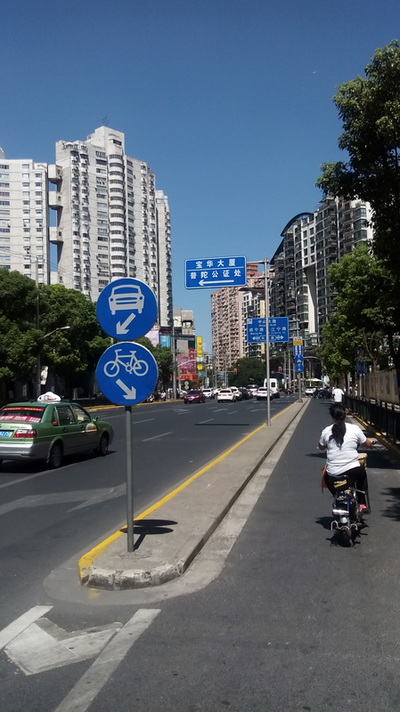
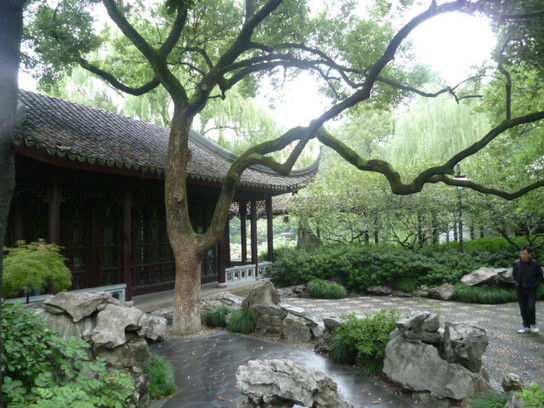
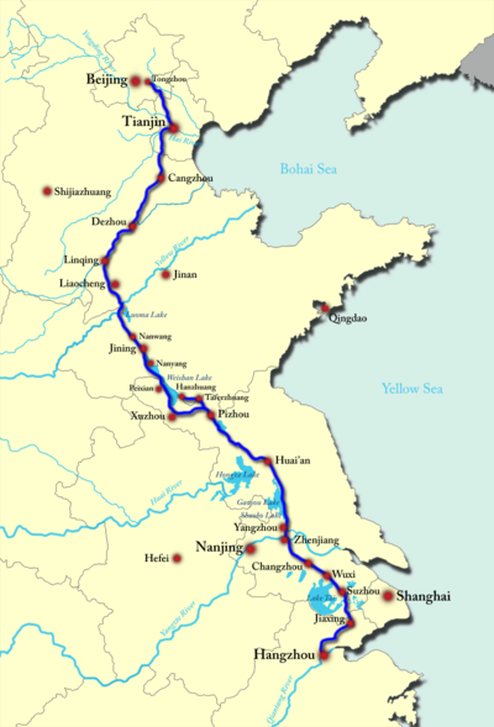
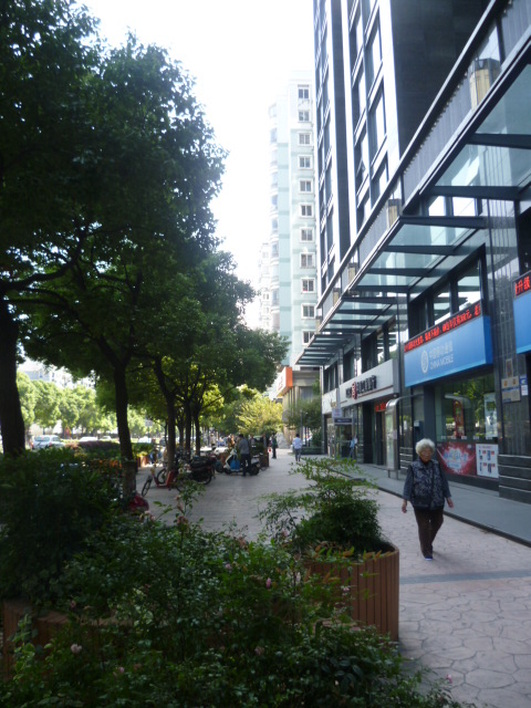
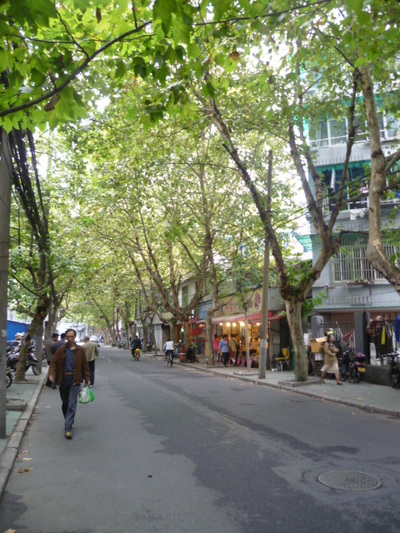
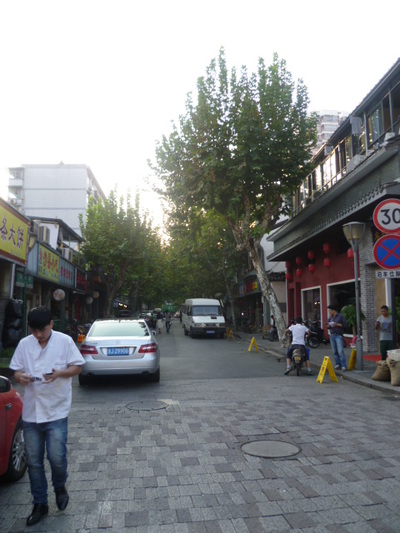
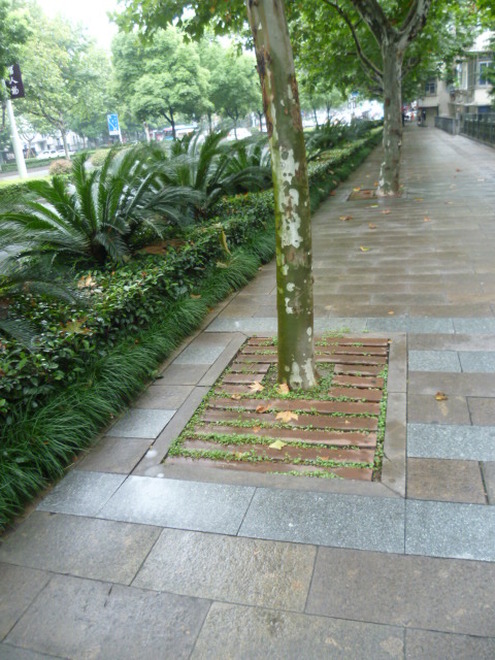
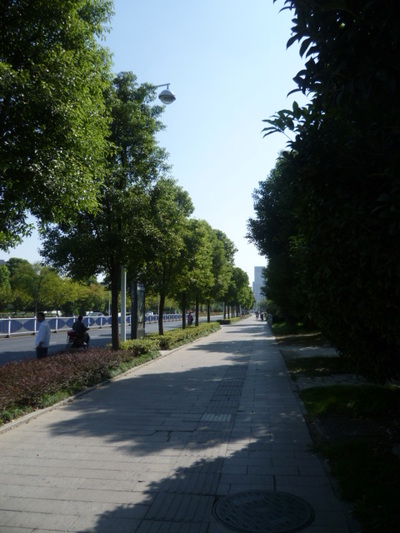
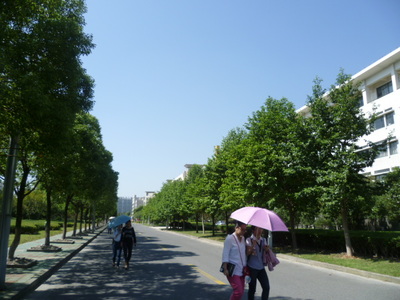

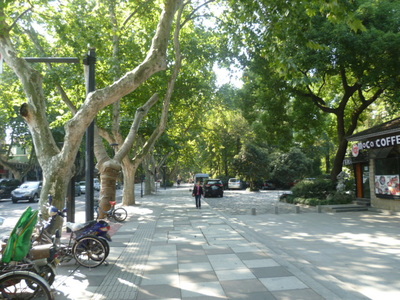
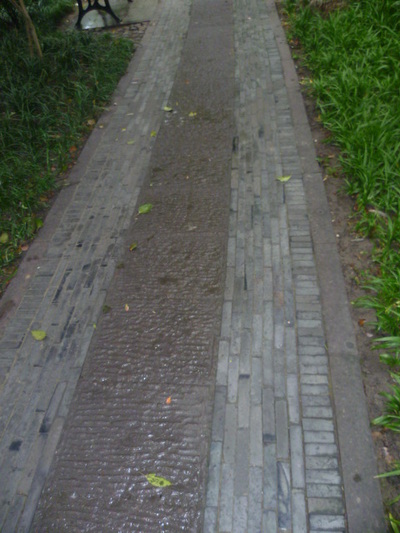
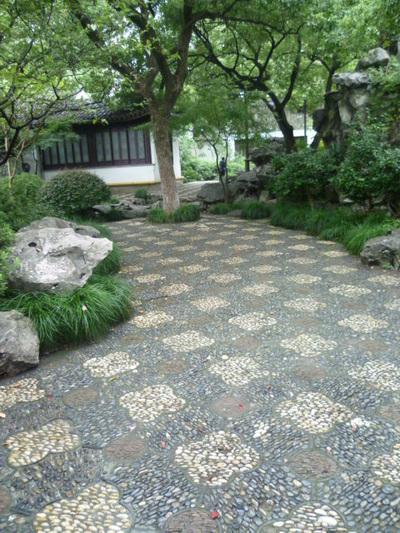
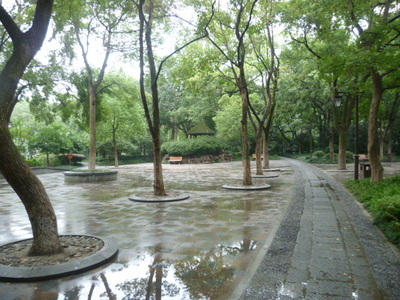
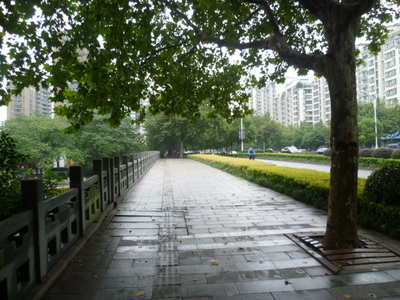
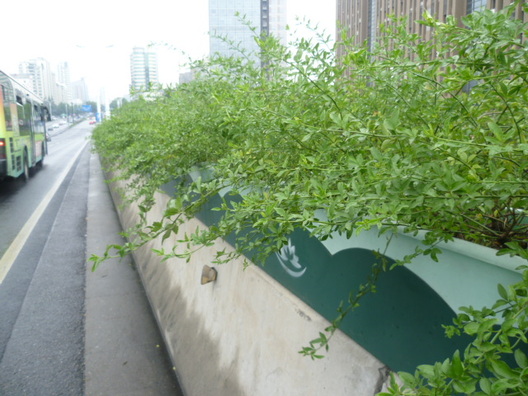
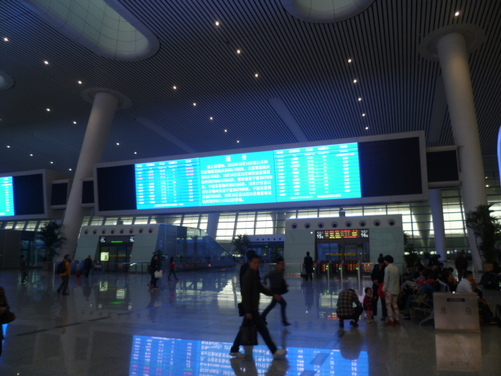
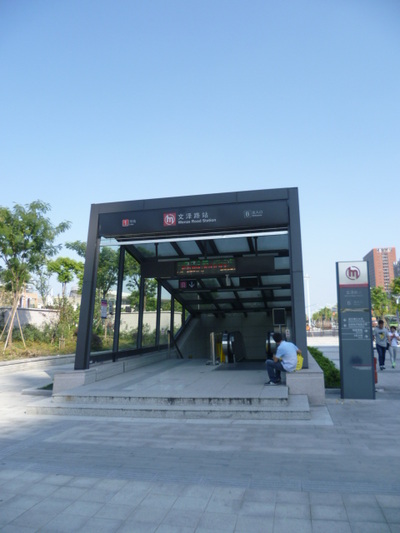
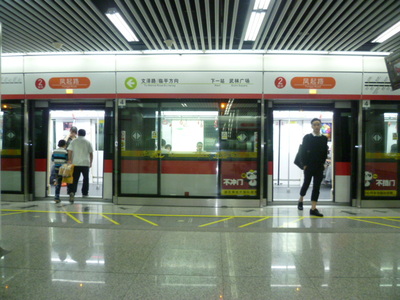
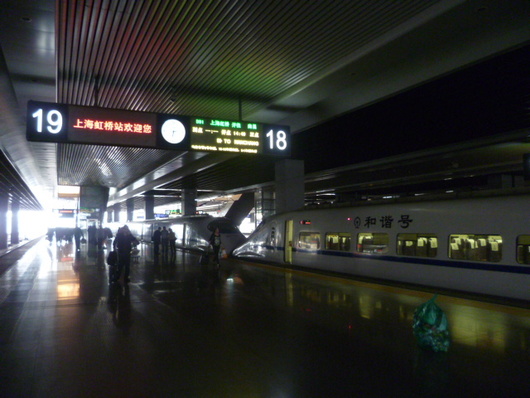
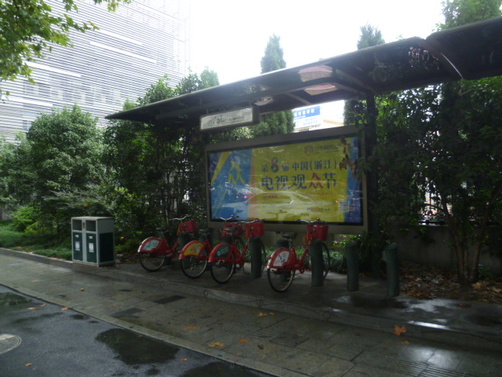
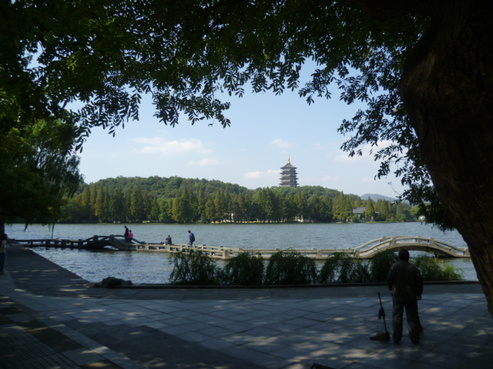
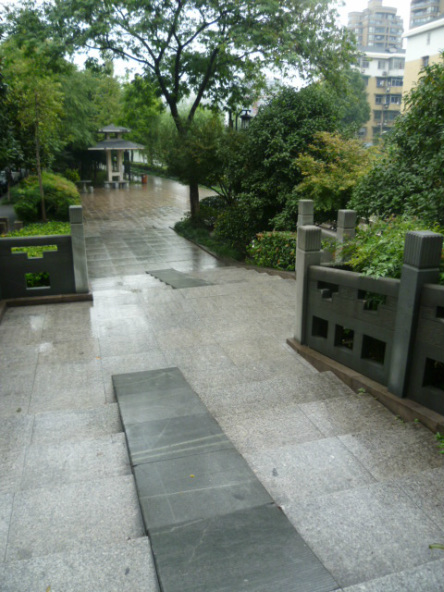
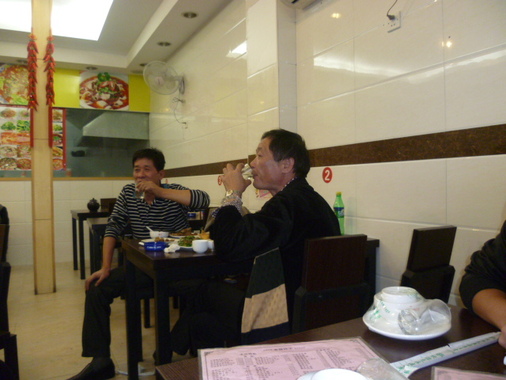
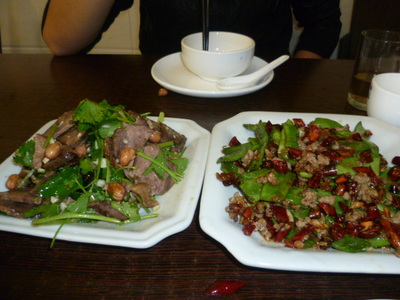
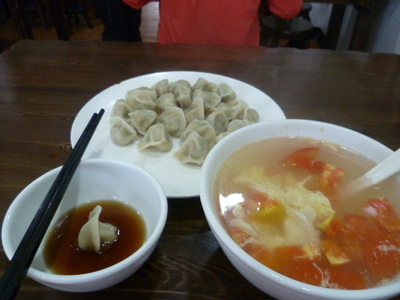
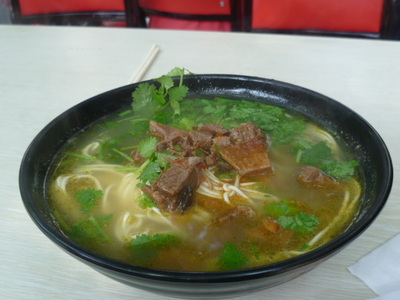
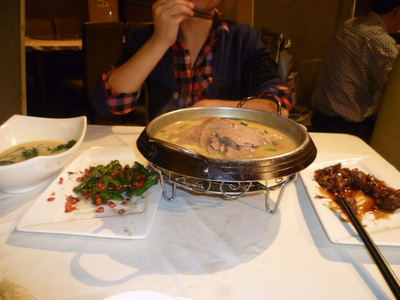

 RSS Feed
RSS Feed

